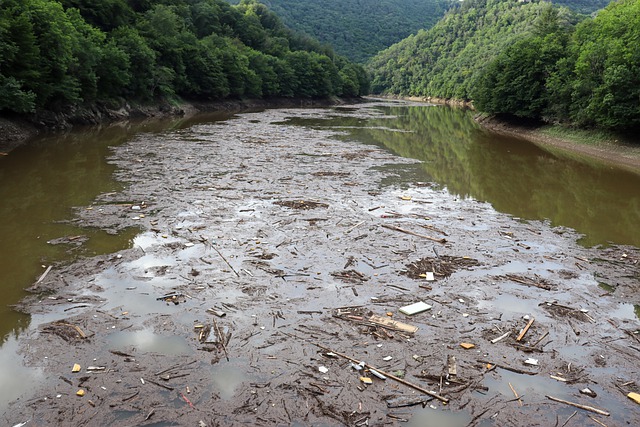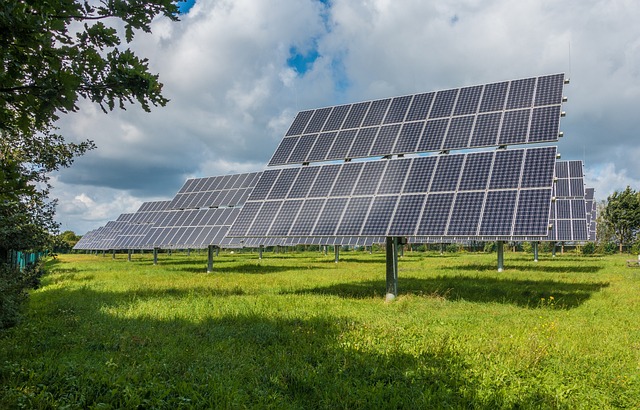By Suraj Rajendran, Researcher and Guest Writer for Save The Water™ | January 31, 2016
Problems with Pollution
Pollution in India’s waters has long been a great concern and topic of international environmental discussions. On January 15th, three blocks within the populous city Meerut were declared sensitive zones: The water there is highly contaminated. As the Pollution Control Board (PCB) later found out, the reason for this contamination was due to high levels of total dissolved solids (TDS), almost four times the normally permitted levels. Why such large numbers? A PCB member later remarked that it could be due to the “higher content of the organic material or industrial effluents that pass through the area via Kali Nadi, the highly polluted stream that flows around the city”.
These organic pollutants were traced back to many slaughter houses that were stationed near the river. Often these slaughterhouses use water from wells around them for processing the meat, and instead of treating it as wastewater, it gets sent back to the ground. This tainted groundwater is now used as drinking water in neighboring villages. Therefore, cities and villages like Meerut suffer because of the inadequacies of these effluent industries.5
It turns out that this area wasn’t the only one affected by industrial based organic pollutants. In fact, these pollutants have long been intertwined with India’s water history. Most organic pollutants are categorized as POP(s) or Persistent Organic Pollutants. These POPs range from intentionally created chemicals that were used by industries and agriculture, to unintentional toxins that result from industrial combustion. All of these have certain common characteristics: First, organic pollutants have high lipophilicity, or the ability to accumulate in fat. Secondly, they are all persistent, as their name suggests, in the environment. This means that they do not degrade very easily and tend to circulate for a long time. As they circulate, they tend to cover great distances, and can travel from one side of the world to another.
When organic matter increases in a body of water, the number of decomposers will increase. These decomposers grow rapidly and use a great deal of oxygen during their growth. As more and more decomposition occurs, dissolved oxygen (DO) levels decrease. A lack of oxygen can kill aquatic organisms. As the aquatic organisms die, they are broken down by decomposers which further decrease DO levels. Of course, the quality of water is affected largely by the presence of organic matter. Polluted water may have undesirable color, odor, taste, turbidity, pesticides, industrial waste products, high levels of TDS, acids, alkalies, and other domestic sewage content.2
Organic pollutants have an impact on people and aquatic life whose survival is dependent upon water. Because organic pollutants have a high lipophilicity, they bioaccumulate in the food chain. This eventually affects many organisms, including humans, that depends on the fragile balance of the chain. Organic pollutants disrupt the endocrine, reproductive, and immune systems. The developing brain and nervous system may be most vulnerable. They play a role in the development of Parkinson’s disease and the destruction of nerve cells in certain regions of the brain. In marine life, they have been seen to bring about metabolic imbalance and long-term toxicity.1
Need For Change
India’s increasing population, the growth of industries, urbanization, lack of implementation of environmental rules, untreated effluent discharge from industries and municipalities, use of non-biodegradable chemicals have left the nation vulnerable to the various severe effects of organic pollution. These pollutants, as seen in Meerut, not only find their way to surface waters but also have a strong presence in groundwater sources, contaminating the drinking water, rendering it unfit for consumption.
In order to limit a number of pollutants and harmful effects that are present, guidelines have been set for discharge of effluents from industries and municipalities, quality of drinking water, irrigation water, and criteria for aquatic life in fresh waters. These were put in place with the cooperation of the World Health Organization (WHO), World Bank, Indian Standard Institution, Indian Council of Medical Research, and the Pollution Control Board (PCB). Despite these present rules, improperly treated industrial and municipal effluents continue to flow into India’s water sources, as these rules are not being enforced.
The crisis has spread and includes India’s most famous and populous rivers. Organic material, nitrates, and pesticides have existed in various rivers such as the Ganges, Yamuna, Godavari, and Krishna. The pollution is even more prevalent for areas of these rivers that are near industrial cities.3
DDT and its Harms
One organic pollutant, that is particularly condemned by environmentalists, is DDT. DDT is a synthetic pesticide that has been mainly used for mosquito control and agriculture. After discovering a few of the toxic effects of DDT, it was banned from being used as an agricultural tool; however, its use as a mosquito control is still allowed in certain parts of the world. In 1987, the EPA classified DDT as a “probable human carcinogen”, and since then, numerous studies have shown the harmful effects of DDT and other organic pollutants of its kind.
In the mid to late 1990s, high levels of DDT were detected in the river Yamuna in Delhi and, especially during the monsoon season, in a number of lakes in Uttar Pradesh state. In some cases, DDT residues in fish and water samples exceeded internationally prescribed standards. A 2002 study of 17 bottled water brands in India, DDT was detected in about 80% of the samples at much higher levels than the European Union and WHO standards for drinking water. Little has been done to curb these numbers.6
Although the Indian crisis is dire, effective responses and implementation of preexisting rules can help ameliorate issues of water pollution in India. Perhaps, India can look to resolve problems in Meerut as a starting point.
References
- Li, A. 2007. Persistent organic pollutants in Asia sources, distributions, transport and fate. Amsterdam: Elsevier.
- Looa, R.,; Balsaa P. 2010. Pan-European Survey on the Occurrence of Selected Polar Organic Persistent Pollutants in Ground Water. Research Gate. http://bit.ly/2rOYJlG
- Persistent Organic Pollutants: A Global Issue, A Global Response. December 11th, 2015. http://www.epa.gov/international-cooperation/persistent-organic-pollutants-global-issue-global-response
- Persistent Organic Pollutants (POPs). (n.d.). http://www.bluevoice.org/POPsFactSheet.php
- Rail, S. January 15th, 2016. Meerut heading for water crisis as effluents contaminate groundwater. Times of India. http://bit.ly/2sUCg7D
- Rajaram, T.,; Ashutosh, D. 2007. Water pollution by industrial effluents in India: Discharge Scenarios and case for participatory ecosystem specific local regulation. Science Direct. http://www.indiaenvironmentportal.org.in/files/Water%20pollution%20by%20industrial%20effluents%20in%20India.pdf
- Water Pollution. 2008. http://www.mbgnet.net/fresh/pollute.htm





